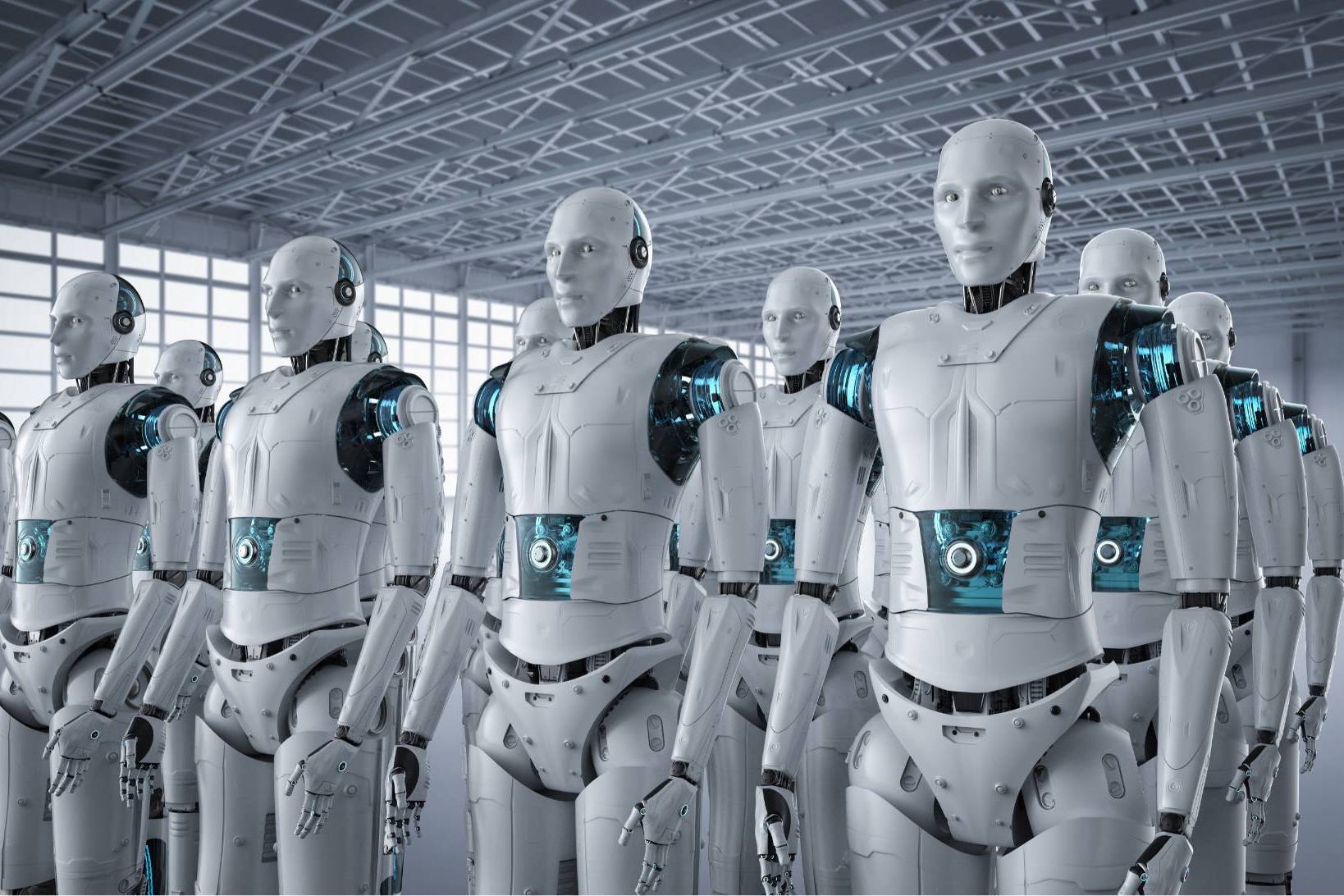
The Headless CMS (Content Management System) architecture is the way of the future, where being fast and efficient is ever-increasingly critical to the online experience. In a Headless CMS, the presentation part (or front end) of the website is decoupled from the database/content management part (the backend), resulting in a super-efficient system that has multiple benefits for both your users and your business. Modern, lightning-fast technologies handle the front end, leaving WordPress to do what it does best — the content management side of the website. Making your WordPress site headless will vastly improve your site’s load speed, Core Web Vitals, KPIs, and ultimately your net profit. Read on to find out how a Headless CMS can propel your website and business into the top1%.
Some WordPress History to Set the Context
WordPress was first released in 2003 as a simple blogging Content Management System (CMS). It has since ballooned from a CMS to a full-stack website-building platform for developers and non-developers alike. It powers 40% of ALL websites.
What caused it to become an all-in-one platform? Third-party plugins. There’s a plugin for nearly everything, so you can build nearly anything without coding anything.
Sounds great, so what’s the problem?
WordPress was already trying to be too many things at once, and plugins make this 100 times worse. With a WordPress site, you can end up with 30 plus plugins all built by different people with different standards, leading to all kinds of incompatibilities and security vulnerabilities. Dozens of separate CSS (cascading style sheets) and JS (JavaScript) files loading on every page will tank your site’s performance, and it can’t be fixed since 80% of the site’s code is non-customizable. And that’s just a starting list of the potential woes. We could go on.
A traditional WordPress site is an affordable site that is easy to build, but that quickly becomes a headache to maintain and grow. It constantly breaks and the mediocre performance and User Experience leads to mediocre SEO rankings and mediocre sales, and you end up having to rebuild the site in 3-5 years.
The role of a CMS is to make it easy to publish and edit content. That should be it. But because WordPress also involved itself in the display of its content, and enabled plugins to partake in this, it ballooned into the hot-mess it is today.
This is where headless architecture saves the day. You may have heard the term “Headless CMS” being thrown around in the trendy corners of the internet over the last few years. What exactly does it mean?
What is a Headless CMS?
Think of the “head” of a website as the front-end presentation layer — what your visitors see; a headless CMS is therefore a CMS that doesn’t have a presentation layer. Instead, the presentation layer is a separate application/codebase that simply retrieves data from the headless CMS, and renders that data. This is also known as “decoupled” architecture.
It’s like stripping your theme out of WordPress itself, allowing you to build your theme using whatever technologies you want, while WordPress still takes care of the heavy lifting behind the scenes. And guess what? There’s a lot of new-and-improved front-end technologies to take advantage of when you aren’t confined by the tech choices that WordPress made back in 2003.
Headless CMS Benefits
We know what you’re thinking— my users and I could care less what front-end technologies are used to build my site, it all looks the same in the end. But, in fact, building with modern, highly efficient front-end technologies such as React, Next.js, and Tailwind CSS delivers huge, noticeable benefits for both your users and your business — especially for businesses such as wholesalers, boots-on-the-ground trades, media companies, and service businesses.
The most compelling benefit is the sheer, exhilarating speed of the display when it is decoupled from the backend. The latest front-end tech enables your site to load 10x faster than traditional WordPress themes. Website speed matters. It’s not only proven to increase the percentage of visitors who convert (i.e. become a lead/customer), it’s proven to lift your site’s rankings in Google search results, thus bringing you more free, organic traffic.
The math is simple: higher conversion rate + increased free traffic = more sales at a lower acquisition cost = more profit at a higher margin = all the difference for a business in today’s competitive digital world.
Here’s even more reasons why investing in a headless redesign for your website is a strategic move for your business:
- Speed and Performance: As we already mentioned, headless architecture is built for speed. A study by Google showed that a delay of just 1 second can decrease conversion rates by 20%.
- Flexibility and Customization: React and Next.js allow developers to create custom solutions tailored to your specific business needs. Traditional CMS’ can limit what you can do with your site due to the reliance on so many plugins, and the use of older technologies.
- Best of Breed Approach: instead of trying to cram everything into your CMS, you can combine multiple best–in-class technologies. For example, leverage WordPress to handle your website’s content, and Shopify for your online store – all under the same domain with a seamless user experience.
- Scalability: As your business grows, your site should be able to handle increased traffic and allow for new features/functionality. A headless architecture is built to scale which can protect your site’s performance as your business expands.
- Improved SEO: Faster load times and improved website performance can significantly enhance your SEO. Furthermore, Next.js has excellent SEO capabilities, helping to increase visibility and rankings.
- Future-Proof Technology: React, Next.js, and Tailwind CSS are widely adopted and supported (and still growing fast), meaning your website is built with future-proof technologies that will be updated and maintained for years to come, and that will make it easier/cheaper to hire capable developers.
- Multi-Platform Capability: With a headless setup, your content can be displayed across multiple platforms (websites, apps, IoT devices), providing an omnichannel experience for your customers.
- Security: A headless architecture reduces your website’s exposure to security risks. Because the front-end is decoupled from the back-end, there’s less surface area for attacks.
The ROI comes from the improved user experience leading to higher conversion rates, reduced bounce rates, increased site traffic from improved SEO, and lower maintenance costs due to the highly maintainable and scalable architecture.
It’s really quite simple. Make your website a top 1% experience, get top 1% results. To build a top 1% experience, you need to elevate above the majority. You need to move beyond traditional WordPress.
Is Headless CMS Right for Your Business?
We understand, it is a considerable investment — albeit an investment that can deliver substantial returns over the medium to long term. Furthermore, as technology continues to evolve, this proactive approach ensures that your business stays ahead of the curve, positioning you for greater success in the future.
To ease your mind, here are some common questions we get from customers who are interested in upgrading to a Headless CMS:
The investment seems steep for a website rebuild.
Solution: We understand that initial sticker shock. However, it’s essential to consider the long-term value this brings. Ask yourself, how much is customer satisfaction worth to your company? How about improved site speed and functionality? Does a more efficient, scalable, and robust digital presence appeal to you?
We are worried about potential downtime during the transition.
Solution: That’s a natural concern. We utilize a phased approach, gradually implementing changes while keeping your site operational. Have you considered the benefits of this gradual implementation strategy?
We have an in-house IT team, can’t they handle this?
Solution: While your in-house team is undoubtedly skilled, a specialized project like this requires a specific set of expertise. Can you appreciate the value of entrusting this job to specialists who are well-versed in these technologies?
Our current website works just fine. Why should we change?
Solution: That’s great to hear. However, remember, the technology landscape is always advancing. Your competition is likely adapting and innovating, and you risk being left behind. Have you thought about the potential lost opportunities from not updating your digital presence?
We are based in the US, why should we work with a Canadian firm?
Solution: That’s a fair question. Canada has a vibrant tech industry known for delivering high-quality work. Plus, you could realize some cost efficiencies due to the currency exchange rate. Can you see the value of collaborating with a partner known for their tech prowess and understanding of North American business norms?
Stikky Media’s Approach to Headless WordPress Sites
At Stikky Media, we’ve gone all-in on headless WordPress. We build our decoupled front-ends using modern front-end technologies:
- Built with Next.js (a React framework with unbeatable loading speed),
- Styled with Tailwind CSS (the productivity-boosting, modern CSS framework),
- Version controlled with Git and GitHub (for better team collaboration),
- Hosted serverlessly on Vercel (enabling incredible site speed and developer productivity)
The best part? You continue to edit and manage your site with the familiar WordPress admin interface. You can publish and edit posts/pages with the Gutenberg editor and a collection of custom, flexible blocks.
It feels the same as before, but faster, simpler, and stronger.
Ready to escape mediocrity? Give us a call.







